Arvind Kumar
SHARP-QoS: Sparsely-gated Hierarchical Adaptive Routing for joint Prediction of QoS
Dec 19, 2025Abstract:Dependable service-oriented computing relies on multiple Quality of Service (QoS) parameters that are essential to assess service optimality. However, real-world QoS data are extremely sparse, noisy, and shaped by hierarchical dependencies arising from QoS interactions, and geographical and network-level factors, making accurate QoS prediction challenging. Existing methods often predict each QoS parameter separately, requiring multiple similar models, which increases computational cost and leads to poor generalization. Although recent joint QoS prediction studies have explored shared architectures, they suffer from negative transfer due to loss-scaling caused by inconsistent numerical ranges across QoS parameters and further struggle with inadequate representation learning, resulting in degraded accuracy. This paper presents an unified strategy for joint QoS prediction, called SHARP-QoS, that addresses these issues using three components. First, we introduce a dual mechanism to extract the hierarchical features from both QoS and contextual structures via hyperbolic convolution formulated in the Poincaré ball. Second, we propose an adaptive feature-sharing mechanism that allows feature exchange across informative QoS and contextual signals. A gated feature fusion module is employed to support dynamic feature selection among structural and shared representations. Third, we design an EMA-based loss balancing strategy that allows stable joint optimization, thereby mitigating the negative transfer. Evaluations on three datasets with two, three, and four QoS parameters demonstrate that SHARP-QoS outperforms both single- and multi-task baselines. Extensive study shows that our model effectively addresses major challenges, including sparsity, robustness to outliers, and cold-start, while maintaining moderate computational overhead, underscoring its capability for reliable joint QoS prediction.
Mind Meets Space: Rethinking Agentic Spatial Intelligence from a Neuroscience-inspired Perspective
Sep 11, 2025Abstract:Recent advances in agentic AI have led to systems capable of autonomous task execution and language-based reasoning, yet their spatial reasoning abilities remain limited and underexplored, largely constrained to symbolic and sequential processing. In contrast, human spatial intelligence, rooted in integrated multisensory perception, spatial memory, and cognitive maps, enables flexible, context-aware decision-making in unstructured environments. Therefore, bridging this gap is critical for advancing Agentic Spatial Intelligence toward better interaction with the physical 3D world. To this end, we first start from scrutinizing the spatial neural models as studied in computational neuroscience, and accordingly introduce a novel computational framework grounded in neuroscience principles. This framework maps core biological functions to six essential computation modules: bio-inspired multimodal sensing, multi-sensory integration, egocentric-allocentric conversion, an artificial cognitive map, spatial memory, and spatial reasoning. Together, these modules form a perspective landscape for agentic spatial reasoning capability across both virtual and physical environments. On top, we conduct a framework-guided analysis of recent methods, evaluating their relevance to each module and identifying critical gaps that hinder the development of more neuroscience-grounded spatial reasoning modules. We further examine emerging benchmarks and datasets and explore potential application domains ranging from virtual to embodied systems, such as robotics. Finally, we outline potential research directions, emphasizing the promising roadmap that can generalize spatial reasoning across dynamic or unstructured environments. We hope this work will benefit the research community with a neuroscience-grounded perspective and a structured pathway. Our project page can be found at Github.
A Cytology Dataset for Early Detection of Oral Squamous Cell Carcinoma
Jun 11, 2025Abstract:Oral squamous cell carcinoma OSCC is a major global health burden, particularly in several regions across Asia, Africa, and South America, where it accounts for a significant proportion of cancer cases. Early detection dramatically improves outcomes, with stage I cancers achieving up to 90 percent survival. However, traditional diagnosis based on histopathology has limited accessibility in low-resource settings because it is invasive, resource-intensive, and reliant on expert pathologists. On the other hand, oral cytology of brush biopsy offers a minimally invasive and lower cost alternative, provided that the remaining challenges, inter observer variability and unavailability of expert pathologists can be addressed using artificial intelligence. Development and validation of robust AI solutions requires access to large, labeled, and multi-source datasets to train high capacity models that generalize across domain shifts. We introduce the first large and multicenter oral cytology dataset, comprising annotated slides stained with Papanicolaou(PAP) and May-Grunwald-Giemsa(MGG) protocols, collected from ten tertiary medical centers in India. The dataset is labeled and annotated by expert pathologists for cellular anomaly classification and detection, is designed to advance AI driven diagnostic methods. By filling the gap in publicly available oral cytology datasets, this resource aims to enhance automated detection, reduce diagnostic errors, and improve early OSCC diagnosis in resource-constrained settings, ultimately contributing to reduced mortality and better patient outcomes worldwide.
Neural Brain: A Neuroscience-inspired Framework for Embodied Agents
May 14, 2025Abstract:The rapid evolution of artificial intelligence (AI) has shifted from static, data-driven models to dynamic systems capable of perceiving and interacting with real-world environments. Despite advancements in pattern recognition and symbolic reasoning, current AI systems, such as large language models, remain disembodied, unable to physically engage with the world. This limitation has driven the rise of embodied AI, where autonomous agents, such as humanoid robots, must navigate and manipulate unstructured environments with human-like adaptability. At the core of this challenge lies the concept of Neural Brain, a central intelligence system designed to drive embodied agents with human-like adaptability. A Neural Brain must seamlessly integrate multimodal sensing and perception with cognitive capabilities. Achieving this also requires an adaptive memory system and energy-efficient hardware-software co-design, enabling real-time action in dynamic environments. This paper introduces a unified framework for the Neural Brain of embodied agents, addressing two fundamental challenges: (1) defining the core components of Neural Brain and (2) bridging the gap between static AI models and the dynamic adaptability required for real-world deployment. To this end, we propose a biologically inspired architecture that integrates multimodal active sensing, perception-cognition-action function, neuroplasticity-based memory storage and updating, and neuromorphic hardware/software optimization. Furthermore, we also review the latest research on embodied agents across these four aspects and analyze the gap between current AI systems and human intelligence. By synthesizing insights from neuroscience, we outline a roadmap towards the development of generalizable, autonomous agents capable of human-level intelligence in real-world scenarios.
Nature's Insight: A Novel Framework and Comprehensive Analysis of Agentic Reasoning Through the Lens of Neuroscience
May 07, 2025Abstract:Autonomous AI is no longer a hard-to-reach concept, it enables the agents to move beyond executing tasks to independently addressing complex problems, adapting to change while handling the uncertainty of the environment. However, what makes the agents truly autonomous? It is agentic reasoning, that is crucial for foundation models to develop symbolic logic, statistical correlations, or large-scale pattern recognition to process information, draw inferences, and make decisions. However, it remains unclear why and how existing agentic reasoning approaches work, in comparison to biological reasoning, which instead is deeply rooted in neural mechanisms involving hierarchical cognition, multimodal integration, and dynamic interactions. In this work, we propose a novel neuroscience-inspired framework for agentic reasoning. Grounded in three neuroscience-based definitions and supported by mathematical and biological foundations, we propose a unified framework modeling reasoning from perception to action, encompassing four core types, perceptual, dimensional, logical, and interactive, inspired by distinct functional roles observed in the human brain. We apply this framework to systematically classify and analyze existing AI reasoning methods, evaluating their theoretical foundations, computational designs, and practical limitations. We also explore its implications for building more generalizable, cognitively aligned agents in physical and virtual environments. Finally, building on our framework, we outline future directions and propose new neural-inspired reasoning methods, analogous to chain-of-thought prompting. By bridging cognitive neuroscience and AI, this work offers a theoretical foundation and practical roadmap for advancing agentic reasoning in intelligent systems. The associated project can be found at: https://github.com/BioRAILab/Awesome-Neuroscience-Agent-Reasoning .
Meijer-G Function with Continued Product and Integer Exponent: Performance of Multi-Aperture UOWC System over EGG Turbulence
Sep 17, 2024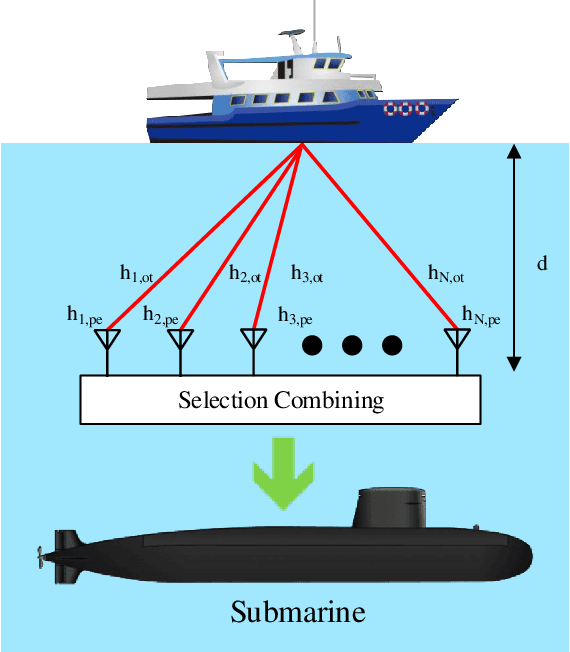
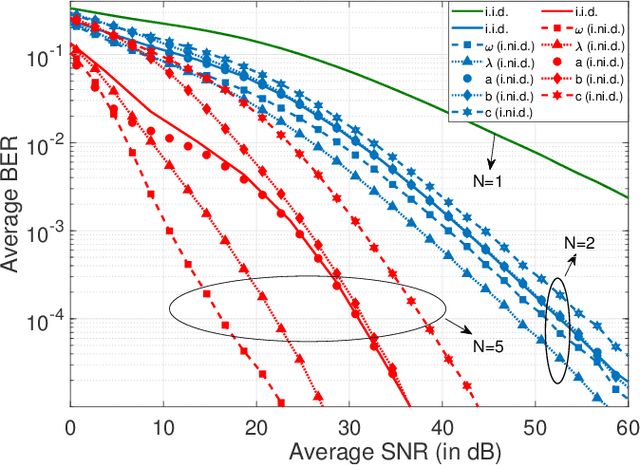

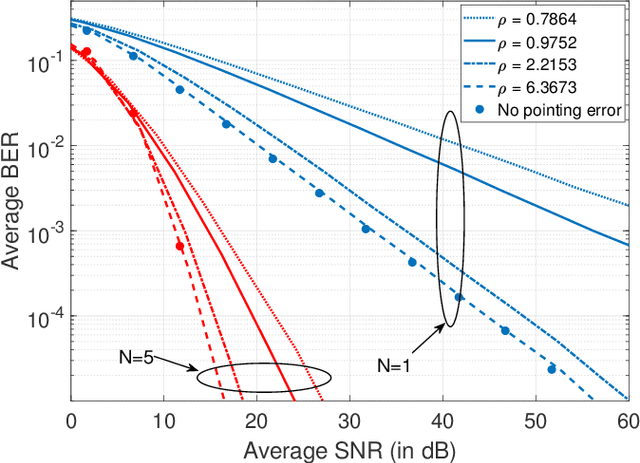
Abstract:Signal transmission over underwater optical wireless communication (UOWC) experiences the combined effect of oceanic turbulence and pointing errors statistically modeled using the sum of two Meijer-G functions. There is a research gap in the exact statistical analysis of multi-aperture UOWC systems that use selection combining diversity techniques to enhance performance compared to single-aperture systems. In this paper, we develop a general framework for the continued product and positive integer exponent for the sum of Meijer-G functions to analyze the exact statistical performance of the UOWC system in terms of multivariate Fox-H function for both independent and non-identically distributed (i.ni.d.) and independent and identically distributed (i.i.d.) channels. We also approximate the performance of a multi-aperture UOWC system with i.i.d. channels using the single-variate Fox-H function. Using the generalized approach, we present analytical expressions for average bit-error rate (BER) and ergodic capacity for the considered system operating over exponential generalized gamma (EGG) oceanic turbulence combined with zero-boresight pointing errors. We also develop asymptotic expressions for the average BER at a high signal-to-noise (SNR) to capture insights into the system's performance. Our simulation findings confirm the accuracy of our derived expressions and illustrate the impact of turbulence parameters for i.ni.d. and i.i.d. models for the average BER and ergodic capacity, which may provide a better estimate for the efficient deployment of UOWC.
Optimal Release Time Decision from Fuzzy Mathematical Programming Perspective
Sep 27, 2015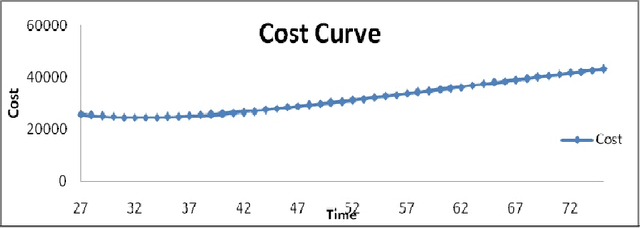

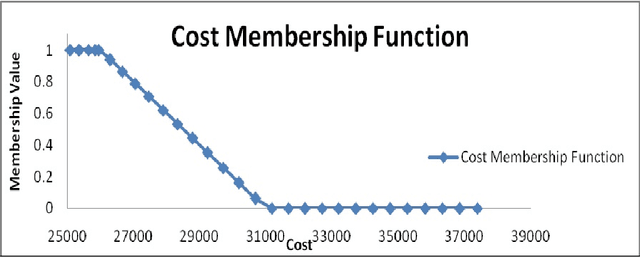
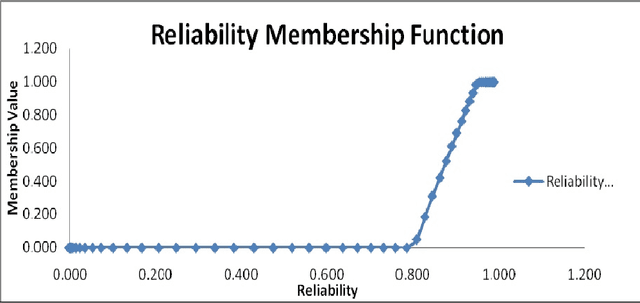
Abstract:Demand for high software reliability requires rigorous testing followed by requirement of robust modeling techniques for software quality prediction. On one side, firms have to steadily manage the reliability by testing it vigorously, the optimal release time determination is their biggest concern. In past many models have been developed and much research has been devoted towards assessment of release time of software. However, majority of the work deals in crisp study. This paper addresses the problem of release time prediction using fuzzy Logic. Here we have formulated a Fuzzy release time problem considering the cost of testing under the impact of warranty period. Results show that fuzzy model has good adaptability.
* 10 Pages. arXiv admin note: substantial overlap with text by other authors http://archive.org/stream/Software_Reliability_Assessment_with_OR_Applications/Software_Reliability_Assessment_with_OR_Applications_djvu.txt
 Add to Chrome
Add to Chrome Add to Firefox
Add to Firefox Add to Edge
Add to Edge